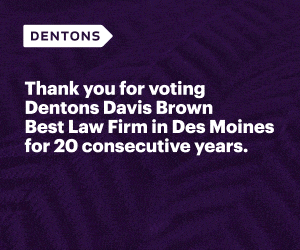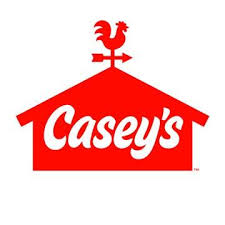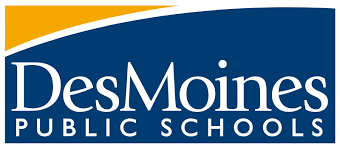Whatever happened to the automated grocery kiosk planned for Des Moines’ central city?

JOE GARDYASZ Aug 11, 2016 | 8:10 pm
3 min read time
669 wordsAll Latest News, Business Record Insider, Economic DevelopmentWhatever happened to the project we heard about last summer to install a robotic grocery kiosk in Des Moines?
As organizers learned, the devil often is in the details, even with good ideas.
The project, a partnership between Eat Greater Des Moines and the Des Moines Area Religious Council, received the first $30,000 award made by the Ignite Community Innovation Challenge program of the Community Foundation of Greater Des Moines in December 2014.
It was an exciting proposal that held the promise of helping residents in central Des Moines neighborhoods that don’t have a nearby grocery store to purchase healthier foods at reasonable prices. Lower-income neighborhoods often can become “food deserts” with convenience stores being residents only nearby option for groceries.
The concept was to install a supersized vending machine made by a company named Oasis24seven that could dispense grocery items such as bread, milk and fresh produce. Users would be able to pay with cash, debit or credit card, or SNAP benefits. Using a robotic arm, the machine would pull items off the shelves and place them on a conveyor to dispense them to the customer.
By June 2015, it appeared the project was about ready to launch, after Eat Greater Des Moines had secured a location for the kiosk. The nonprofit had approached the city of Des Moines for approval to set up the 260-square-foot automated kiosk in the parking lot of the Polk County Health Department at 19th Street and Carpenter Avenue.
Unfortunately, a design technicality prevented the city from issuing a building permit for the structure. At about that same time, a U.S. Department of Agriculture grant the organization had applied for didn’t come through, and the project was put on indefinite hold, said Aubrey Alvarez, executive director of Eat Greater Des Moines.
The sticking point was getting a structural engineer to certify that the unit could withstand snow and wind loads. Although the unit as it was originally built had been certified by an out-of-state engineer, the cooler structure had been modified by cutting out one side of it to install the vending front, said Phil Delafield, the city’s community development director. A building permit was required for the unit because it was deemed a structure by the city since someone would have to enter it to restock items, he said.
“We said you need to hire a structural engineer to show it still has the structural integrity after the modifications were made,” Delafield said.
Alvarez said her organization approached quite a few structural engineers, but no one felt comfortable signing off on the project. Shortly after that, they learned they had not been approved for a $250,000 matching USDA grant that was instrumental for the project to move forward.
Alvarez said that she hopes to use the knowledge gained from the project to help other Iowa communities, and that she has been working with a community in northeastern Iowa to develop the concept there.
Angela Dethlefs-Trettin, chief community impact officer for the Community Foundation, said she believes the project will eventually be carried out in Greater Des Moines.
“I think at some point we’ll see something very similar to it,” she said. “I’m just not in those conversations right now. It gets me really excited that we’re willing to try different things.”
The Community Foundation recently wrapped up its annual solicitation for project submissions for its third annual Ignite Community Innovation funding round, Dethlefs-Trettin said.
“We got a great pool of submissions,” she said. “We are in the selection phase right now — we’re having deeper conversations with semifinalists. A unique twist that we’re doing this year is that we’re giving more support to the perfection of the project ideas, just as any incubator might help nonprofits think through projects. So we expanded the amount of time that they will have to network with the community to really continue to perfect their idea.”
The foundation will name finalists in September and will hold its pitch event on Dec. 1.









